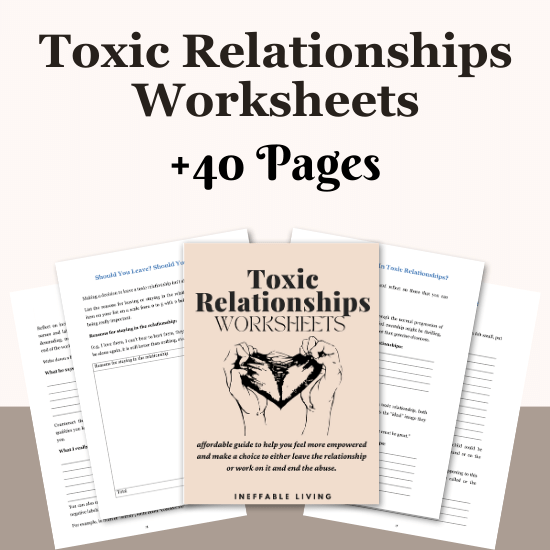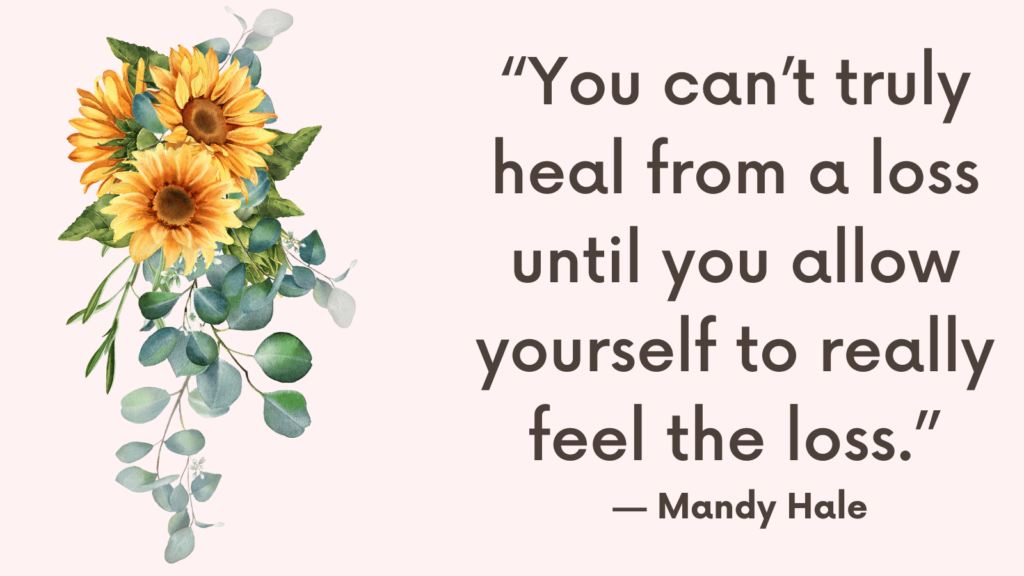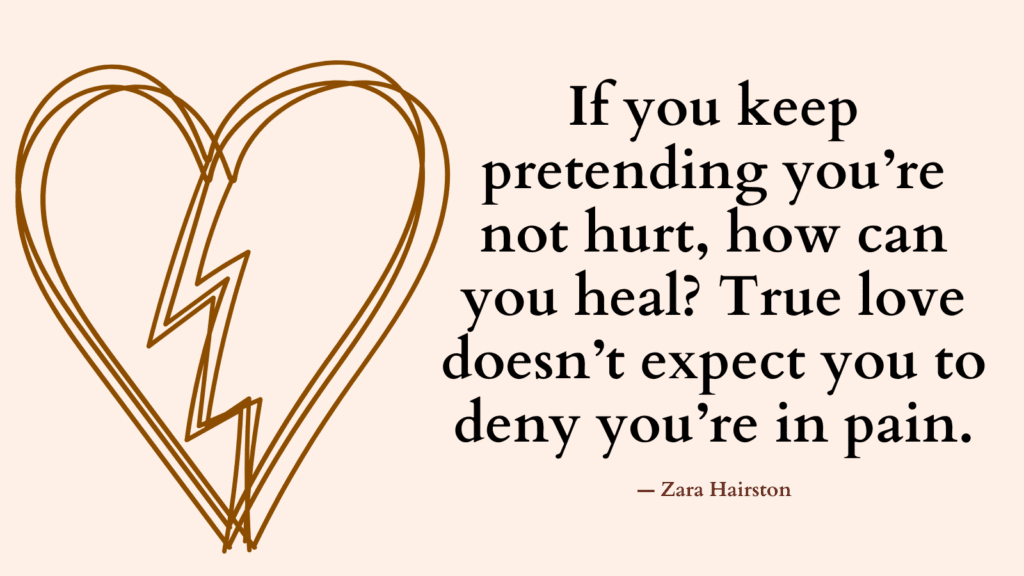Battered Woman Syndrome (BWS) is a psychological condition that describes the mental and emotional state of women who have experienced prolonged domestic violence.
It is a subset of Post-Traumatic Stress Disorder (PTSD) and encompasses a wide range of symptoms and behaviors resulting from sustained abuse.
This blog post aims to shed light on the complexities of Battered Woman Syndrome, its implications, and the pathways to recovery and support.
What is Battered Woman Syndrome?
Battered Woman Syndrome was first introduced by psychologist Dr. Lenore Walker in the late 1970s.
It provides a framework for understanding the psychological impact of domestic violence on victims, particularly women.
Battered Woman Syndrome is characterized by a cycle of abuse, which includes periods of tension building, the acute battering incident, and a honeymoon phase where the abuser may apologize and promise change.
Key Characteristics of Battered Woman Syndrome
1. Psychological Entrapment:
Women suffering from BWS often feel trapped in their abusive relationships.
This entrapment is not just physical but deeply psychological, rooted in fear, helplessness, and a lack of self-worth.
2. Learned Helplessness:
Repeated abuse leads to a sense of learned helplessness, where the victim feels powerless to change their situation.
This can result in a belief that escape or resistance is futile.
3. Hypervigilance:
Victims may become hypervigilant, constantly on edge, and anticipating the next abusive episode.
This heightened state of alertness can lead to severe anxiety and stress.
Related: Healing From Emotional Abuse In 12 Practical Steps
4. Emotional Numbing:
To cope with the ongoing trauma, some women may emotionally numb themselves, becoming detached from their feelings and surroundings as a survival mechanism.
5. Isolation:
Abusers often isolate their victims from friends, family, and support networks, further deepening the victim’s sense of loneliness and dependence on the abuser.
Related: Best Support Groups For Emotional Abuse (Online & In Person)
The Cycle of Abuse
Understanding the cycle of abuse is crucial in recognizing the patterns that perpetuate Battered Woman Syndrome. The cycle consists of three phases:
1. Tension-Building Phase:
This phase is marked by growing tension and minor incidents of abuse.
The victim often tries to placate the abuser to prevent escalation, but the tension continues to build.
2. Acute Battering Incident:
In this phase, the tension reaches a peak, resulting in severe abuse.
This can be physical, emotional, or sexual.
The victim may feel a mix of fear, anger, and helplessness.
3. Honeymoon Phase:
After the acute incident, the abuser may show remorse, apologize, and promise to change.
This phase often brings a temporary calm and hope for the victim, who may believe that the abuse will stop.
This cycle can repeat multiple times, trapping the victim in a never-ending loop of abuse and reconciliation.
Related: Emotional Abuse Test (+Resources For Emotional Abuse Recovery)
The Impact of Battered Woman Syndrome
The effects of Battered Woman Syndrome are profound and far-reaching. They impact every aspect of a woman’s life, from her physical health to her emotional well-being and social relationships.
1. Physical Health:
Chronic abuse can lead to a host of physical health issues, including injuries, chronic pain, gastrointestinal problems, and reproductive health issues.
2. Mental Health:
Battered Woman Syndrome is closely linked with PTSD, depression, anxiety, and other mental health disorders.
The constant state of fear and trauma can lead to severe psychological distress.
3. Social Isolation:
Victims often become isolated from their support networks, making it difficult to seek help.
The abuser’s control over the victim’s social interactions exacerbates this isolation.
4. Financial Dependence:
Abusers may control the victim’s finances, leaving them economically dependent and unable to leave the abusive relationship.
Related: Can Abusers Change? Top 17 Myths About Abusive Men That Make Women Stay With Abusers
How to Recover from Battered Woman Syndrome?
Recovering from Battered Woman Syndrome is a complex and challenging journey, but with the right support and resources, it is possible. Here are some steps towards healing:
1. Seeking Professional Help:
Therapists and counselors specializing in domestic violence can provide crucial support.
Cognitive-behavioral therapy (CBT) and trauma-focused therapy are particularly effective in addressing the psychological impact of abuse.
2. Building a Support Network:
Connecting with friends, family, and support groups can help victims feel less isolated and more empowered.
Support groups offer a safe space to share experiences and receive encouragement.
3. Safety Planning:
Developing a safety plan is essential for those considering leaving an abusive relationship.
This includes finding a safe place to stay, arranging transportation, and securing important documents and finances.
4. Legal Assistance:
Legal aid organizations can help victims obtain restraining orders, navigate custody issues, and address other legal matters related to leaving an abusive partner.
Related: Best 10 Emotional Abuse Books
5. Empowerment and Education:
Education about domestic violence and empowerment programs can help victims regain their sense of self-worth and control over their lives.
Learning about the cycle of abuse and recognizing the signs of unhealthy relationships are critical steps towards recovery.
6. Engage in Self-Care Practices
Self-care is fundamental in rebuilding your sense of self-worth and love after experiencing abuse.
Start by prioritizing your physical health with regular exercise, balanced nutrition, and adequate sleep.
Engage in activities that bring you joy and relaxation, such as reading, taking baths, or practicing yoga. These small acts of care reinforce the idea that you are valuable and deserving of attention.
7. Rebuild Your Identity
Abuse can often strip away one’s sense of identity.
Take time to rediscover who you are by exploring new hobbies, interests, and passions.
Engage in activities that you enjoyed before the abuse or try new ones that intrigue you.
This exploration helps you reconnect with your authentic self and discover what truly makes you happy.
Rebuilding your identity also involves setting personal goals and aspirations, which can provide a sense of purpose and direction in your life.
Related: Abuse By Proxy: Top 10 Steps to Protect Yourself from It
8. Surround Yourself with Positive Influences
Building a supportive network of friends, family, and loved ones who genuinely care about your well-being is crucial.
Surround yourself with positive influences who uplift you and encourage your growth.
These relationships can provide emotional support, validation, and a sense of belonging.
Positive social interactions can counteract the negative messages you received during the abusive relationship and reinforce your worth and value.
9. Set Healthy Boundaries
Learning to set and maintain healthy boundaries is a key aspect of self-love.
Boundaries protect your emotional and physical well-being and communicate your needs and limits to others.
Practice saying no to things that do not serve you or make you uncomfortable.
Setting boundaries helps you take control of your life and relationships, ensuring that you are treated with the respect and care you deserve.
It also fosters a sense of empowerment and self-respect.
10. Engage in Positive Self-Talk
The way you talk to yourself has a significant impact on your self-esteem and self-worth.
Replace negative self-talk with positive affirmations and compassionate thoughts.
Remind yourself of your strengths, achievements, and qualities that make you unique.
Positive self-talk can help rewire your brain to focus on your worth and potential, rather than dwelling on past abuse or perceived flaws.
Over time, this practice can significantly boost your self-esteem and self-love.
Related: Covert Verbal Abuse: What Is It & How To Recover From Verbal Abuse
11. Reflect and Journal
Journaling is a therapeutic way to process your thoughts and emotions.
Write about your experiences, feelings, and progress on your journey to self-love.
Reflect on the lessons you have learned and the ways you have grown.
Journaling can help you gain clarity and perspective, as well as track your healing process.
It also provides an outlet for expressing your emotions, which can be incredibly cathartic and validating.
12. Celebrate Your Strengths and Achievements
Acknowledge and celebrate your strengths, resilience, and achievements, no matter how small they may seem.
Recognize the courage it took to leave the abusive relationship and the progress you have made in your healing journey.
Celebrate your successes and milestones, and reward yourself for your hard work and determination.
This practice reinforces your self-worth and encourages a positive, loving relationship with yourself.
Related: Top +25 Things Abusers Say To Their Victims

Conclusion
Battered Woman Syndrome is a harrowing condition that affects countless women worldwide.
Understanding its complexities is essential in providing effective support and fostering empathy for those affected.
No one should endure the pain of domestic violence alone, and together, we can work towards a world where every woman feels safe, valued, and empowered.



